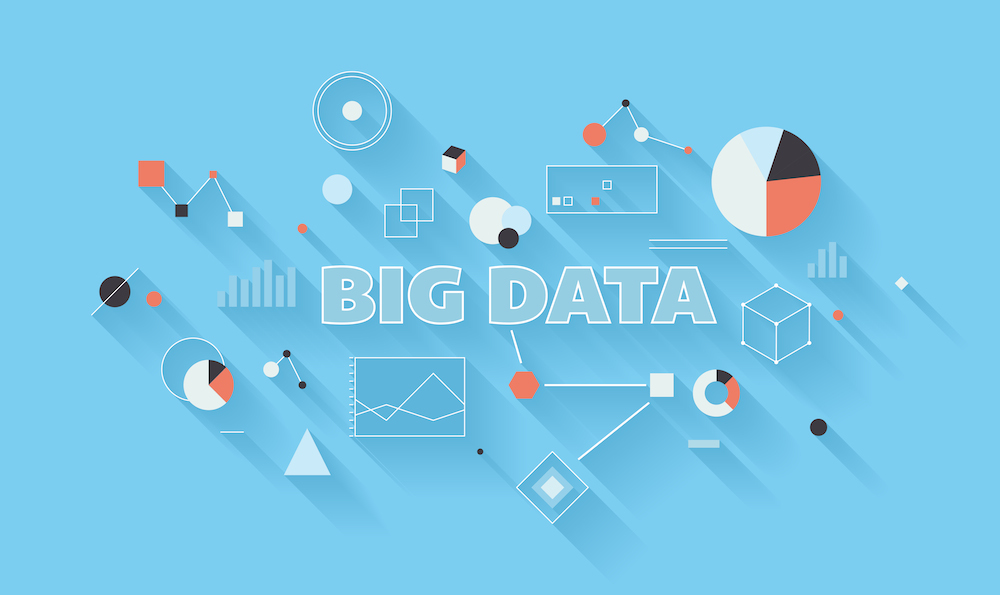Let’s face it – big data is trendy. In recent years, the topic has gotten a lot of attention for its ability to help the government innovate and improve efficiency and performance. But what was big data’s role in government before it was so trendy?
The answer to that is (partially, at least) the Bureau of Labor Statistics, which implemented big data long before it was widely talked about. Erica Groshen, Commissioner at the Bureau of Labor Statistics (BLS), spoke with Christopher Dorobek for the podcast DorobekINSIDER on the BLS’s long-standing use of big data.
BLS and other statistical agencies had been using big data before other areas of government, according to Groshen. They were the original innovators in implementing big data to help the government do its job better. “We’ve been in this world for a long time, long before it had the name big data,” she said.
So what makes this a hot topic? Big data is a big deal because it has the potential to save the government time and taxpayer money.
There are, however, certain drawbacks and challenges that the BLS faces in working with big data.
The BLS’s data comes from a variety of different sources, such as surveys, the Census, and state employment agencies, and there are issues that are associated with that fact. First of all, it means that they’re dependent upon others for the quality of their data, according to Groshen. With bad data provided by these other players, you get bad results.
Further, there are legal obstacles that prevent the BLS from expanding. According to Groshen, they don’t have legal rights to access information from the Internal Revenue Service (IRS) or Social Security Administration (SSA). Groshen sees it as a little unfair, given the fact that the Census can access IRS data. “The Census has access to it, and so we feel that it would make sense and be consistent to allow BLS to have access to it as well,” she explained.
But lately, big data has expanded across government and in the private sector. This expansion has fed the work of the BLS, allowing it to do even bigger things with big data by filling in the gaps in data access. “We really welcome all the activity that’s now taking place outside of our confines, because it gives us opportunities we didn’t have before,” Groshen explained.
The BLS is able to harness external big data from other entities and implement it for their own analytics.
For instance, the BLS can pull data from private companies to look at employer trends. “Each company (particularly big companies) have very sophisticated records for their own activities, and we can reduce burdens by taking those records directly from the company, so they don’t have to fill out our forms. They can just give us the data that they have already and we can transform it into what we need,” she said. “We see this very much as a complement to our own activity.”
As we often see in government innovation, it’s all about fostering crosscutting partnerships to do the job more efficiently. And, of course, following the coolest new trend.





Leave a Reply
You must be logged in to post a comment.